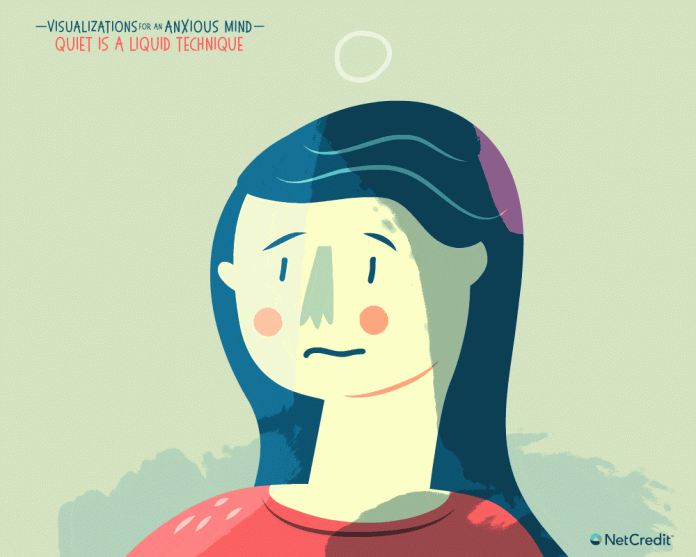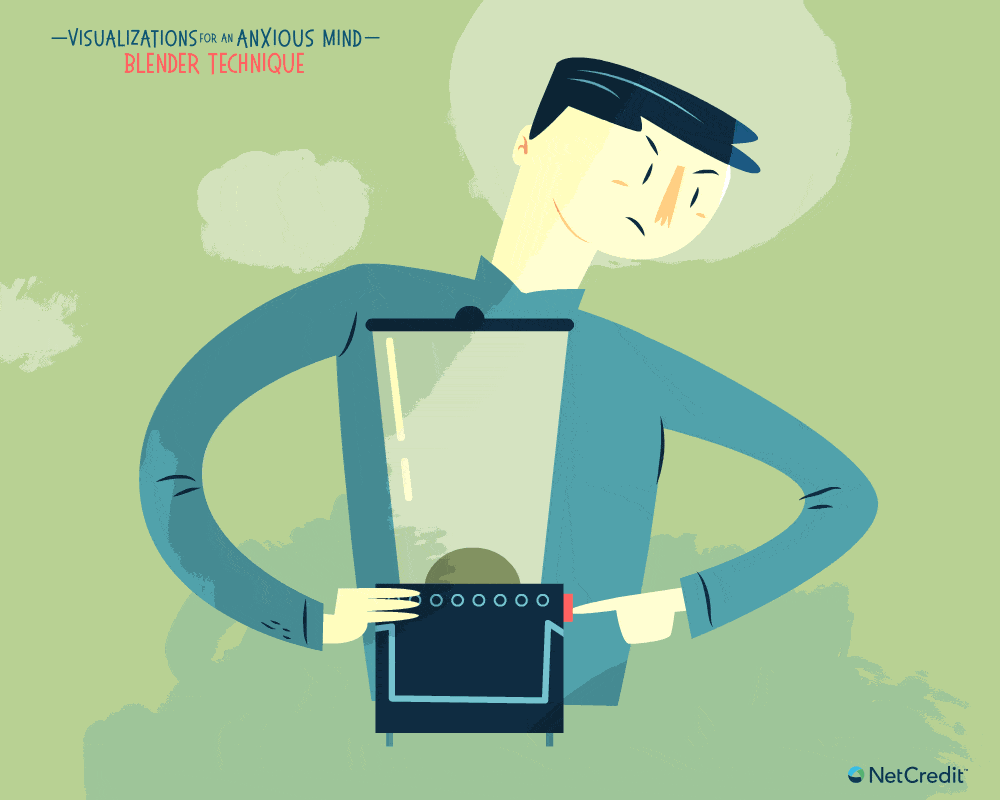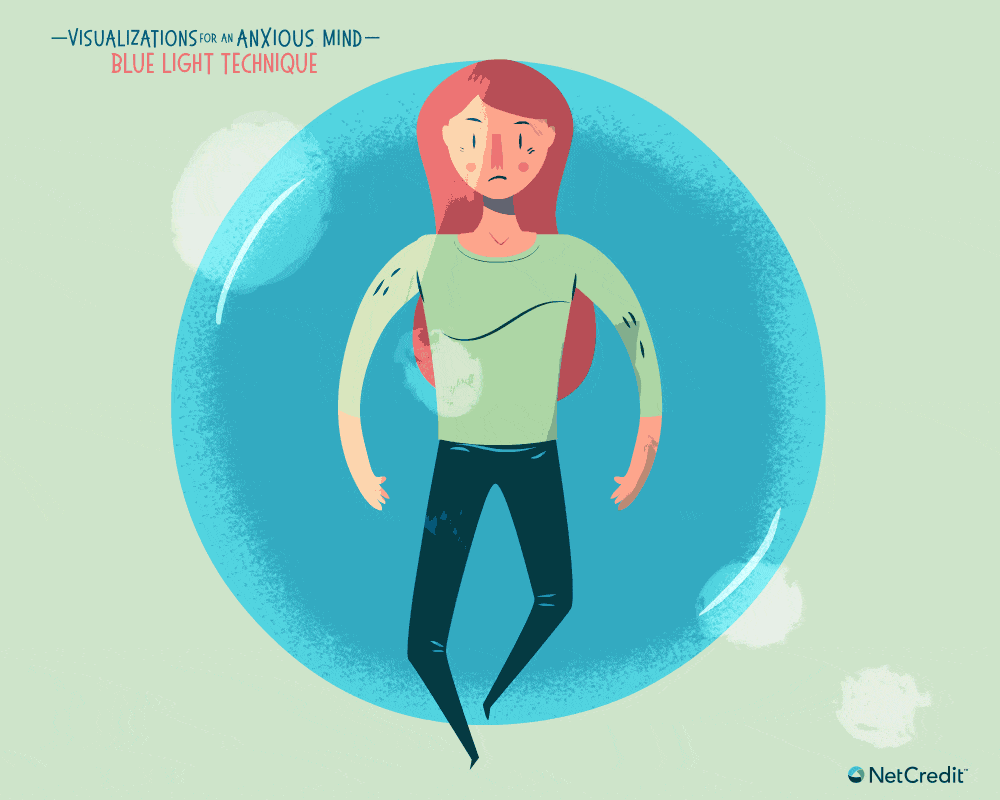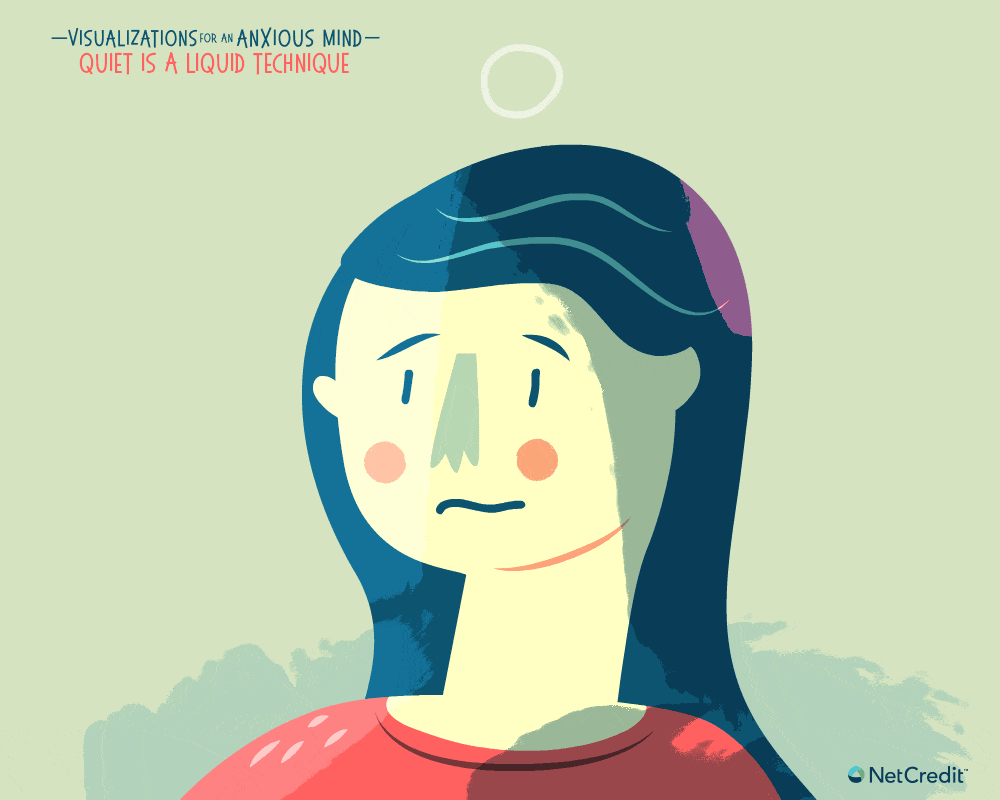
Have you ever felt overwhelmed by anxious thoughts and unable to focus on the task at hand? Well fear not, help is here and you’ll be relieved to know that the power lies within you.
As human beings, we have the ability to control our anxious thoughts through visualization techniques. Scientific research shows that these mini-meditations can help reduce anxiety and improve performance. In fact, visualizations actually activate the same neural networks that actual task performance does, which can strengthen the brain-body connection. But don’t just take it from us; ask any athlete or CEO.
Read on to discover how to make the most of your brain power and thrive in your life. You won’t regret it.
1. Double-paned window technique
You’ve had a long day at work and all you want to do is hit the hay and drift off to sleep. But as soon as you close your eyes, the anxious thoughts begin. Whether you’re overloaded at work or worried about the future, sometimes when your head hits the pillow, those unwanted thoughts just won’t quit. 
Use it: When anxious thoughts are keeping you awake
Step 1: Picture a bunch of people chatting loudly outside your open window – but don’t shout at them.
Step 2: You have a double paned window, so just calmly close it.
Step 3: The annoying chatting is silenced, and you are free to sleep.
2. Serene beach scene technique
You’re strapped in, the doors are closed and there’s no getting off the plane now. Does your mind immediately start going through everything that can possibly go wrong? This visualization should help calm you down and get you primed for your vacation. 
Use it: When you’re anxious about taking off on a plane
Step 1: Visualize yourself lying on a white sandy beach, complete with clear blue skies and gently lapping waves.
Step 2: Imagine your body sinking into the chair and feel the warmth of the sand on your feet.
Step 3: Let go of any tension, soften your eyes and continue to breathe in time with the rolling waves of the water.
3. Stop sign technique
It happens to us all: something doesn’t go quite right, and you immediately go to the worst case scenario or starting beating yourself up. Intrusive thoughts can disrupt your life and become a major source of anxiety, but this simple visualization helps stop those unwanted thoughts in their tracks. 
Use it: When you have an unwanted thought
Step 1: Visualize a big red stop sign on an empty street with a clear blue sky overhead.
Step 2: Focus on the stop sign and repeat the word “stop.”
Step 3: No more unwanted thoughts will be able to enter your consciousness, your anxiety will fade and you can go about your day.
4. Blender technique
Do you often sit at your workstation feeling overwhelmed by the amount of work you have to get through? It’s a common problem. Sometimes it feels like you don’t even know where to start. This visualization can help calm you down and give you the clear head you need to tackle that inbox or big project. 
Use it: When you have a stressful amount of work emails to go through
Step 1: Visualize a blender being switched on. It’s full of food and starts to grind and chop loudly.
Step 2: Mentally shut the blender (and it’s noise) off, and you will feel an instant sense of calm.
5. Ball of yarn technique
If you find it difficult to unwind after a long, stressful day, it can be challenging to make the most of your evenings and recharge for tomorrow. This visualization can help. 
Use it: When you’re unable to unwind after a stressful work day
Step 1: Picture a small ball of yarn holding all of that residual tension from the day.
Step 2: Find the tip of the yarn and imagine it slowly unrolling. The strand gets longer and longer, and you can actually feel your tension unwinding.
Step 3: The yarn is now completely loose and you are relaxed and able to enjoy the night.
6. Blue light technique
Whether you’re about to tackle it or are trying to decompress after you’ve completed it, an important and difficult task can cause anxiety. Light visualizations are a popular technique for relaxation, so why not give this one a try? 
Use it: When you need to relax before (or after) tackling a big task
Step 1: Visualize yourself surrounded by a glowing orb of blue light.
Step 2: Breathe in the light and allow it to fill your whole head.
Step 3: Visualize those tensions leaving your body as black smoke. They dissolve completely in the light around you.
Step 4: With each breath, allow your body to gradually fill with the healing blue light until your entire being is clear, like a blue crystal.
7. Quiet is a liquid technique
Life can sometimes feel overwhelming; we’re bombarded with information all day long and it’s often difficult to silence our chattering minds. This visualization can help you silence the noise and focus your thoughts. 
Use it: When you feel overwhelmed by your chattering mind
Step 1: Visualize ‘quiet’ as a thick, clear liquid, filling your head with peace and quiet.
Step 2: See it pouring slowly down your body, filling you with the clear liquid until you feel like a liquid ball.
Step 3: Once you’re in this zone, breathe deeply and stay in this position for a few minutes.
Whether you want to thrive at work or simply relax and make the most of your free time, visualization really works. It can help you to keep calm and tackle the variety of challenges that life throws your way. Which one are you keen to try?
Sources
Demelo, J. (2016) The Incredible Ways Visualization Can Improve Your Health. health.com
Maisel, Eric R. Ph.D. (2015) Day 9: Reducing Your Anxiety Using One Simple Visualization. psychologytoday.com
Star, K Ph.D. (2018) Using Visualization to Reduce Anxiety Symptoms. verywellmind.com
Kehr, B. (2018) Reduce Your Anxiety Using Visualization Techniques. drbrucekehr.com
Davenport, L. (2011) Sweeter Dreams: Visualizations for Restorative Sleep. huffingtonpost.com
The Conscious Life. (2018)Pure light visualization for healing and relaxation. theconsciouslife.com
Trauma Web. (2018) Effective Relaxation and Visualization Exercises. traumaweb.org
Good Therapy. (2017) Guided Therapeutic Imagery. goodtherapy.org
Flanigan, R. (2015)Depression, Anxiety & The Power of Visualization. hopetocope.com
Samuels, M, M.D., Samuels, L. (1975) Seeing with the Mind’s Eye: The History, Techniques and Uses of Visualization. New York, NY: Random House
This post originally appeared on NetCredit.com.




